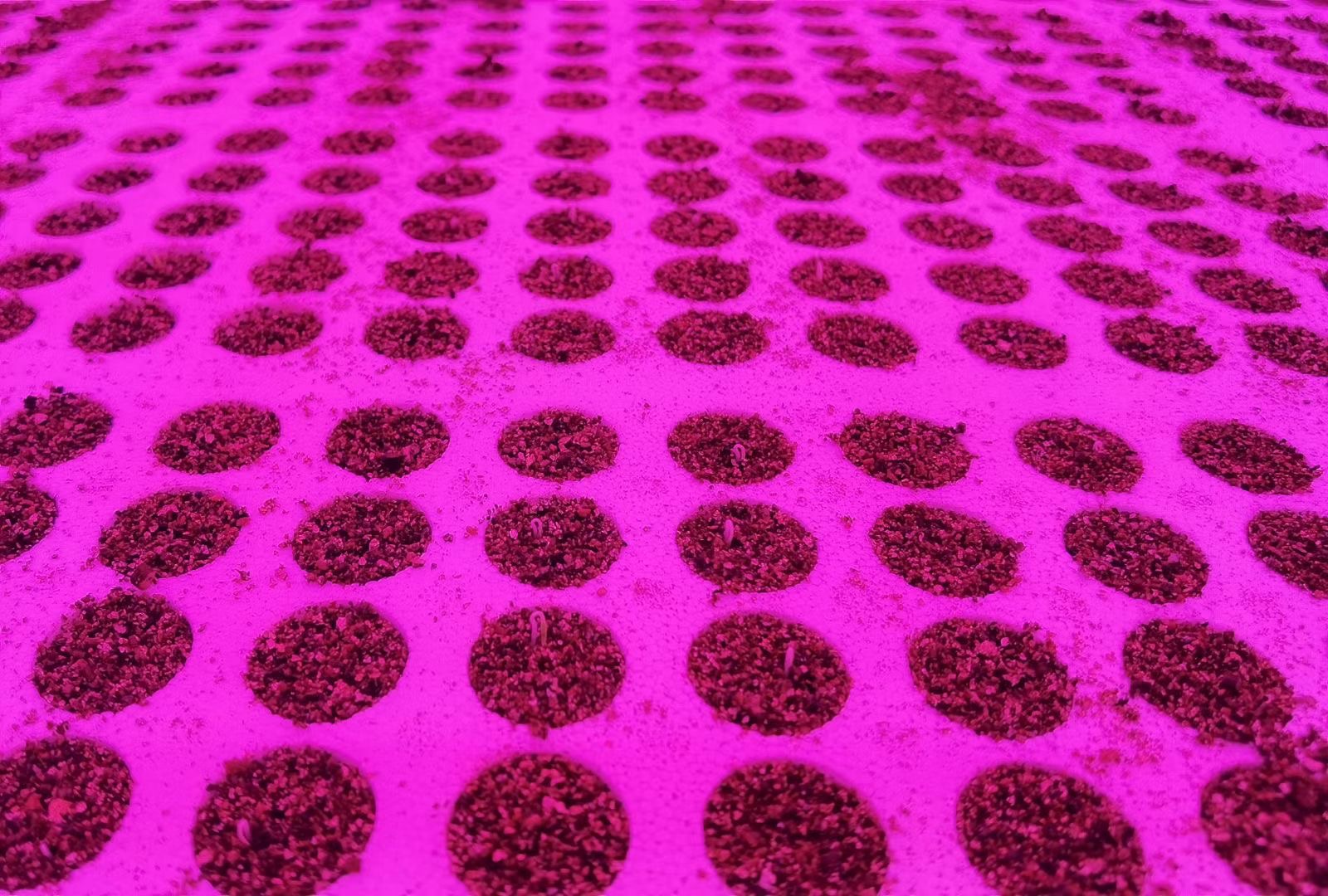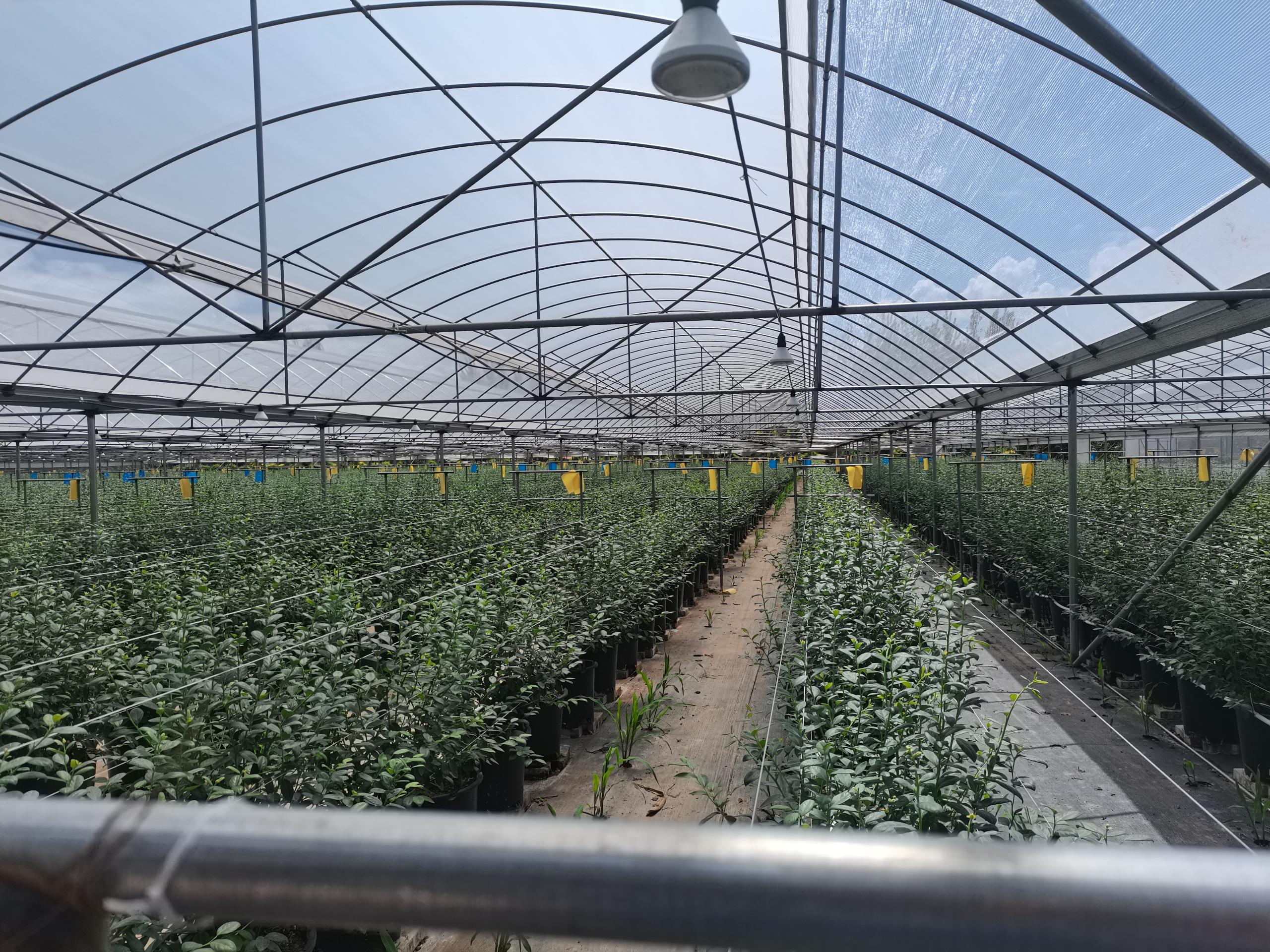Vertical farming and greenhouse cultivation are two common horticultural business in modern agriculture, each with its own unique advantages and disadvantages. For agricultural producers, choosing the right planting method is crucial. In this blog, Sansi LED will discuss the respective advantages of vertical farming and greenhouse planting as well as the differences between them.
Vertical farming is an agricultural production method that stacks plants vertically through multi-layered planting structures, typically utilizing indoor space. Vertical farming can make full use of vertical space, saving a significant amount of land resources. Through a closed-loop water system, water usage can be minimized. Due to the relatively enclosed indoor environment, it is possible to better prevent the plants from diseases and pests, reducing the requirements for pesticides. However, vertical farming also has some disadvantages, such as high construction costs, high energy consumption, and relatively small planting scale.

Greenhouse cultivation creates an optimal growing environment by building a sealed greenhouse. Greenhouses can provide stable temperature and humidity for plants, extending the growing season. At the same time, greenhouses can effectively protect plants from extreme weather and pests, and they offer more flexibility in planting different types of plants compared to vertical farming. However, greenhouse cultivation also has some disadvantages, such as the risk of high temperatures inside the greenhouse during the summer, the need for a significant amount of energy to maintain the right temperature, and challenges in disease and pest control.

When starting their business, the agricultural producers should consider their own circumstances and demands. Based on factors such as space requirements, climatic conditions, and economic capacity, selecting the appropriate planting method can achieve the optimal planting benefits.